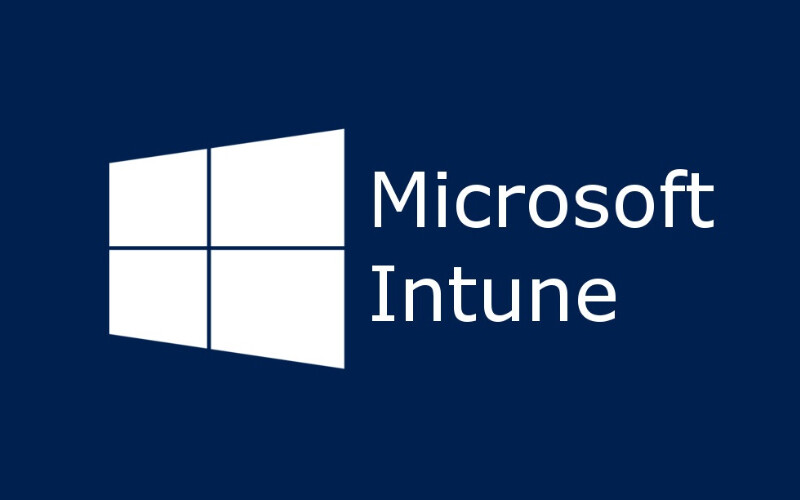In this article
The history of cybersecurity may easily be the most intriguing piece of the last half-century. Companies in the past (and some still do) heavily relied on Local Area Networks which simply were a connection of computers over telephone lines.
The deployment of WIFI made this line of information (LANs) sharing an effective method in the past decade because it lowered the costs and mobility of the infrastructure in question.
For example, an ethernet was a necessity requiem for access to official documents. Today there is almost an easier way to access information without having to drive upstate to the national library. All you need is a mobile device with a working data plan and voilà.
It’s with this ease that companies and small-scale businesses found a dire need to keep their information from malicious individuals. The advancement in technology posed a huge information security threat to many organizations.
Think about how easy it’s to access information these days and imagine how appalling it could have been to access every private detail about your personal life such as search history, personal address. That is the same fear organizations share hence the new methods of verification to make sure information is only passed onto the right people.
What is Microsoft Intune?
Microsoft has of late come up with its version of service to make sure information is only shared with the right people. And in this case, the right people are those with permission or security level clearance to access certain information.
Microsoft Intune is a cloud-based service that manages mobile devices of individuals in the organization. With Microsoft Intune, however, the IT department determines how mobile devices are used by those in the company. There are restrictions on who has access to certain information, who can receive emails using the company devices.
How does Microsoft Intune work?
Microsoft Intune simply controls who can access information about the company even from miles away. In some cases, functions like copy, paste, print are disabled to minimize access to information by unauthorized persons.
Whereas Microsoft Intune was simply meant to increase the work productivity of company staff by allowing them access to company dossier on their private mobile devices. A lot of work also had to be put in to make sure that information doesn’t fall to undesired people hence the various precautionary steps taken.
Authentication is almost a must when using Microsoft Intune, in the case of private devices Azure AD is used to isolate company data from private data. Microsoft Intune is so effective that you don’t have to worry about employees sending company data to the competition or undesired persons.
After all, it has a complete lockdown on services such as email, SharePoint, Exchange Online because it’s only accessed by Outlook and Outlook Mobile.
Why is Microsoft Intune cloud-based?
Cloud-based simply means that information is stored on servers which is the best guarantor of information security. With cloud storage even if the mobile device is lost or broken information won’t be lost.
Think of it like how you can access your email from any other device, you will have to verify your identity but after that access is granted. Your emails are simply backed up on different servers to ensure your access whenever from wherever.
It is this same notion that has pushed many apps from device storage to server storage. Server storage means the mobile devices are only vessels which in turn has increased life expectancy of information or data with permissions to delete or keep retained by only the data owner.
Need help setting up your Microsoft Intune? We at TechBrain are trusted by hundreds of growing Australian government and business organisations. Let’s help you protect your organisation and your customers against data breaches. Claim your free consultation today!



